A Roller Support Can Resist How Many Components of Force
Last Updated on May 9, 2021
Roller, pinned, and fixed connections are the three most common types of supports in beams and structures to connect them to its foundation. Any of these supports can be seen at any point in the length of a structural element. They can be found at the ends, in the middle, or at some other point in between. The load that the support can withstand is determined by the type of support connection. The type of support has a significant impact on the load bearing capacity of each element and, as a result, the system.
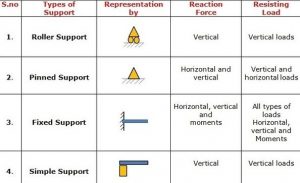
Main Types of Supports in Beams and Structures
1.Fixed Support
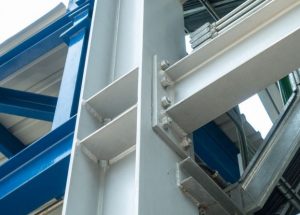
Fixed supports is important types of supports in beams and structures that can resist horizontal, vertical forces and moments. They are also known as rigid supports because they prevent both rotation and translation. This indicates that for a structure to be stable, it only requires one fixed support. It is possible to satisfy all three equilibrium equations. This kind of support can be seen in a flagpole set into a concrete base or a beam connected to a wall. Fixed supports are often represented by two forces (vertical and horizontal) and a moment.

The greatest benefit provided by this support can also be its little sagging, since the system can require a small amount of deflection or play to protect the surrounding materials. Concrete, for example, expands as it increases in strength. As a result, it's critical that the support is properly designed; otherwise, the expansion may result in a decrease in durability.
2.Pinned Support
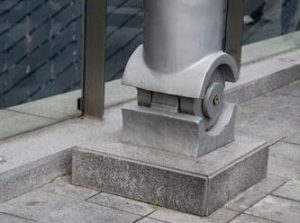
Both vertical and horizontal forces can be resisted by pinned supports, but they cannot resist moment. It means that the pinned support is kept in place to prevent translation. The components of horizontal and vertical forces can be determined using equations of equilibrium. The best example of pinned support is a door leaf, which rotates just along its vertical axis and does not move horizontally or vertically. The rotation of a pinned support is only permitted in one direction and is blocked in the other.
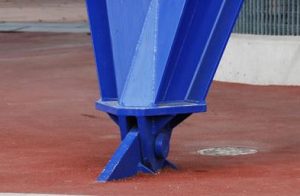
In trusses, pinned supports are often used. When several members are connected together with pinned connections, the members push against each other, causing an axial force within the member. The benefit of this support is that the members can have no internal moment effects and will only be designed based on their axial force.
3.Roller Support
Roller supports can rotate and translate along the roller's resting surface. The surface may be vertical, horizontal, or sloped in either direction. In the type of bearing pads, roller supports are usually used at one end of long bridges. This support provides the bridge system to expand and contract in response to temperature changes, and without it, the stresses at the banks could fracture the supports. This support can not withstand lateral forces.
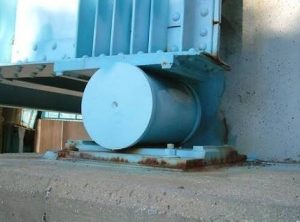
If no roller support is provided for a bridge structure, the bridge's banks would be severely damaged. However, at least one other support should resist this horizontal force to prevent translation, so roller support should only be supported at one end, not both.
Some Other Types of Supports in Beams and Structures
-
Rocker Support
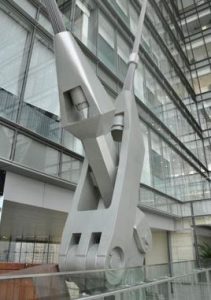
Rocker support and roller support are very similar to each other. Rocker support can also resist vertical forces while allowing for horizontal translation and rotation. However, because of the curved surface at the bottom, horizontal movement is restricted in this situation. As a result, horizontal movement is restricted in this case.
-
Simple Support
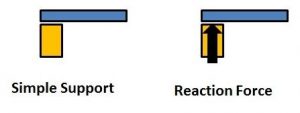
A simple support is simply a support for a structural member to rest on. They, like roller supports, are unable to resist lateral movement and moment. With the help of gravity, they only prevent vertical support movement. The horizontal or lateral movement permitted is minimal, and the structure loses its support after that. It's like a stone lying on two bricks longitudinally. This form of support is rarely found in structural applications. Simple supported systems, on the other hand, can be found in areas with a lot of seismic activity.
-
Link Support
Only rotation and translation perpendicular to the link's direction are allowed by link support. It is not possible to have translation in the direction of the link. In the direction of the link, it has a single linear resultant force that can be divided into its horizontal and vertical components.
-
Guide Support (Slider)

Slider supports only allow horizontal translations. It prevents vertical translation and rotation around any axis so it has vertical reaction and moment reaction.
What is an internal hinge?
Internal hinges are used in structures to reduce the structure's static indeterminacy. At an internal hinge, the bending moment is always zero. The use of an internal hinge allows the frame to be more flexible. It helps the structure to move, decreasing reactive stresses. It is sometimes used to solve problems caused by additional stresses, such as settlement or temperature changes.
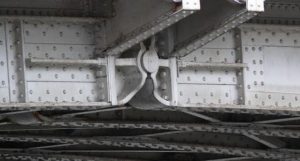
Types of supports in beams and structures have been explained in this article. Hope you enjoyed it!
A Roller Support Can Resist How Many Components of Force
Source: https://www.techyildiz.com/types-of-supports-in-beams/
0 Response to "A Roller Support Can Resist How Many Components of Force"
Post a Comment